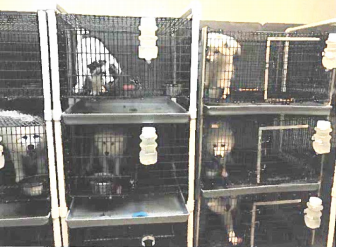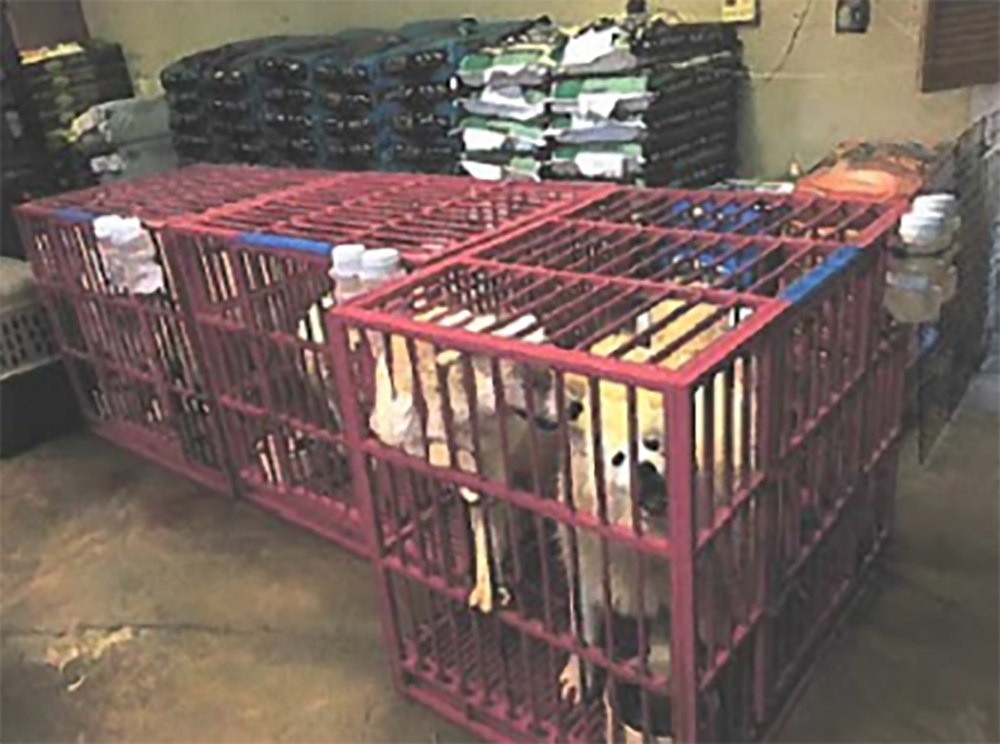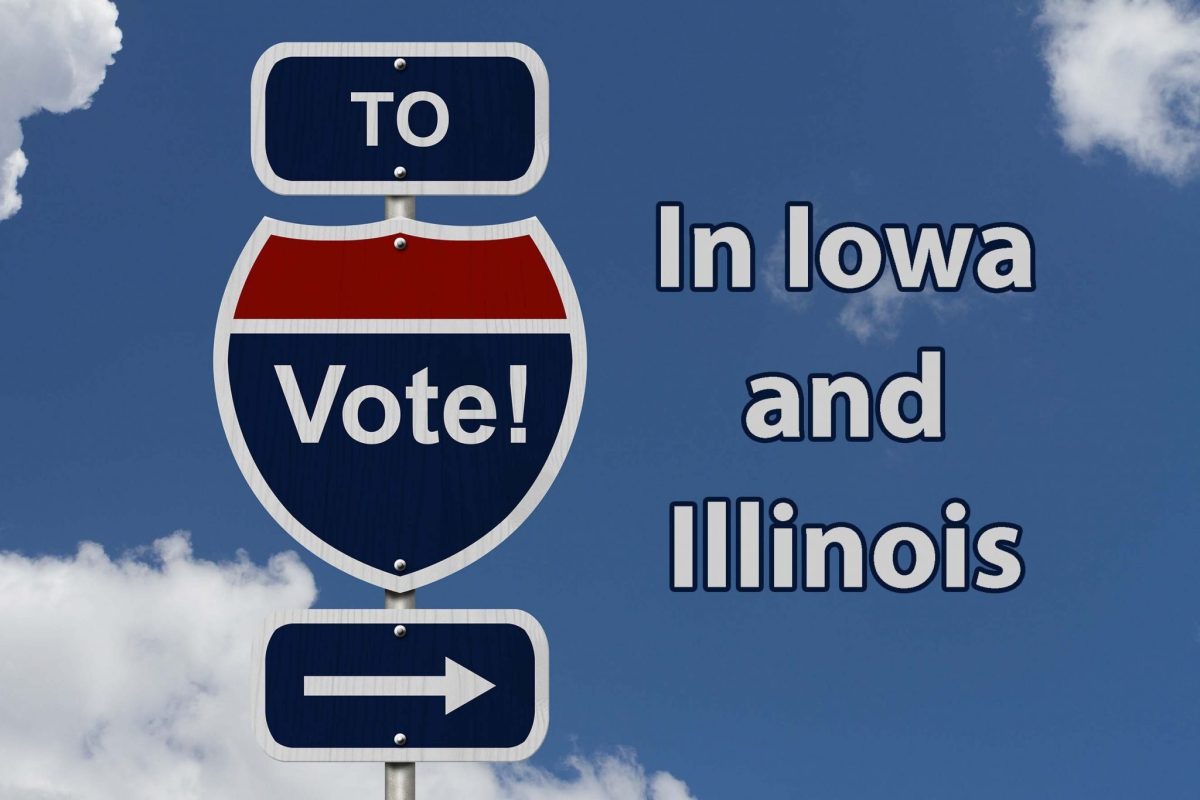The Humane Society of the United States says poor enforcement of animal welfare regulations since 2016 have rendered the results of their annual report less meaningful.
Don’t get too excited about Iowa dropping from the second-worst state for puppy mills, to being the sixth-worst.
While a new annual report from the Humane Society of the United States may at first seem to contain good news for Iowa and nationwide, its results are warped by a shocking drop in enforcement of animal welfare regulations by the United States Department of Agriculture since 2016, the HSUS says.
The group says the USDA’s enforcement actions have dropped by about 66 percent, and penalties have dropped by about 92 percent, since the Trump administration took over. Federal inspectors allow conditions at breeding facilities, laboratories, animal exhibition businesses, and among animal brokers that would not be allowed by many state regulators. The situation renders the annual “Horrible Hundred” report on puppy mills to be only partially accurate, Goodwin says.
“It makes it hard for us to say with confidence that the number of entries in this report necessarily reflects the scope of the problem in the state,” said John Goodwin, senior director of HSUS’s “Stopping Puppy Mills” campaign. “USDA enforcement efforts have plummeted. They’re letting a lot of puppy mills do things that when states come in, they’ll cite for all sorts of issues. It all goes back to changing of administration.”
Iowa is now seventh on the HSUS’s rankings of states with puppy mill problems, with the number of identified puppy mills dropping from 13 in last year’s report to five in this year’s report. Illinois only had two organizations identified as puppy mills.
But Goodwin said lax enforcement of animal welfare rules is just one reason why the new rankings might not give an accurate picture of the state of puppy mills in Iowa, Illinois, or anywhere else:
• Different states have different standards for animal welfare, Goodwin said. In Wisconsin, for instance, inspections of the state’s plentiful breeding facilities happens consistently and throughout the state, which makes it more possible to identify problem breeders. Wisconsin’s strong regulation is actually one reason it is ranked second in the country in puppy mills, Goodwin said. By contrast, Arkansas has only one identified puppy mill but also has one of the country’s most lax puppy mill inspection programs.
• The USDA’s increased use of “teachable moments” has also made it harder to identify problem breeders, Goodwin said. The phrase is a reference to times when federal inspectors will choose not to cite a facility for a violation and give it another chance to reach compliance.
“Previously, you couldn’t have a ‘teachable moment’ if it led to suffering,” Goodwin explained. “Now, they’re saying you can, unless an animal is in pain or distress,” a description which inspectors can say is too extreme to describe a dog left without food or stuck in a dirty kennel, for example.
• Finally, Goodwin said, the regulations on which the report is based involve relatively low standards for animal care. “Even these puppy mills not violating these base regulations can still keep these puppies in horrible conditions,” he said. For example, the breeder cited in Lockport, Ill., was cited for an outbreak of parvo among the dogs he was breeding — but not for their incredibly tight living conditions (pictured below). “They’ll say this is legal,” Goodwin said. “But a regular person, if they saw someone keeping a dog in these conditions year after year, they’d call the sheriff.”

Animal lovers who want to help in the fight against puppy mills can take a few key actions, Goodwin said.
• “Vote with your pocketbooks” by never purchasing puppies from pet stores like PetLand. Always go to shelters and rescue organizations if possible. “Regardless of where the puppies (sold in pet stores) came from, even setting that side, these little eight-week old puppies get to the store and lo and behold, a glass display case just isn’t the best place for puppies to live in the most important stage of their development.”
For people seeking a very specific breed, Goodwin recommends the three key steps of meeting the breeder, meeting your future pet’s mother, and seeing the home of your future pet’s mother.
Though the “Horrible Hundred” report contains almost no good news, Goodwin said the past year did bring some positive developments. In Iowa, the state Department of Agriculture did increase its regulatory requirements of puppy mills enough that several shut down. Also, the state’s “ag gag” law that prevented undercover documentation of animal welfare violations was put on hold by a district court judge.
Nationwide, 350 municipalities have banned the sale of puppies from puppy mills, including Rock Island and Naperville Ill. So have three states: California, Maryland and Maine.
“






